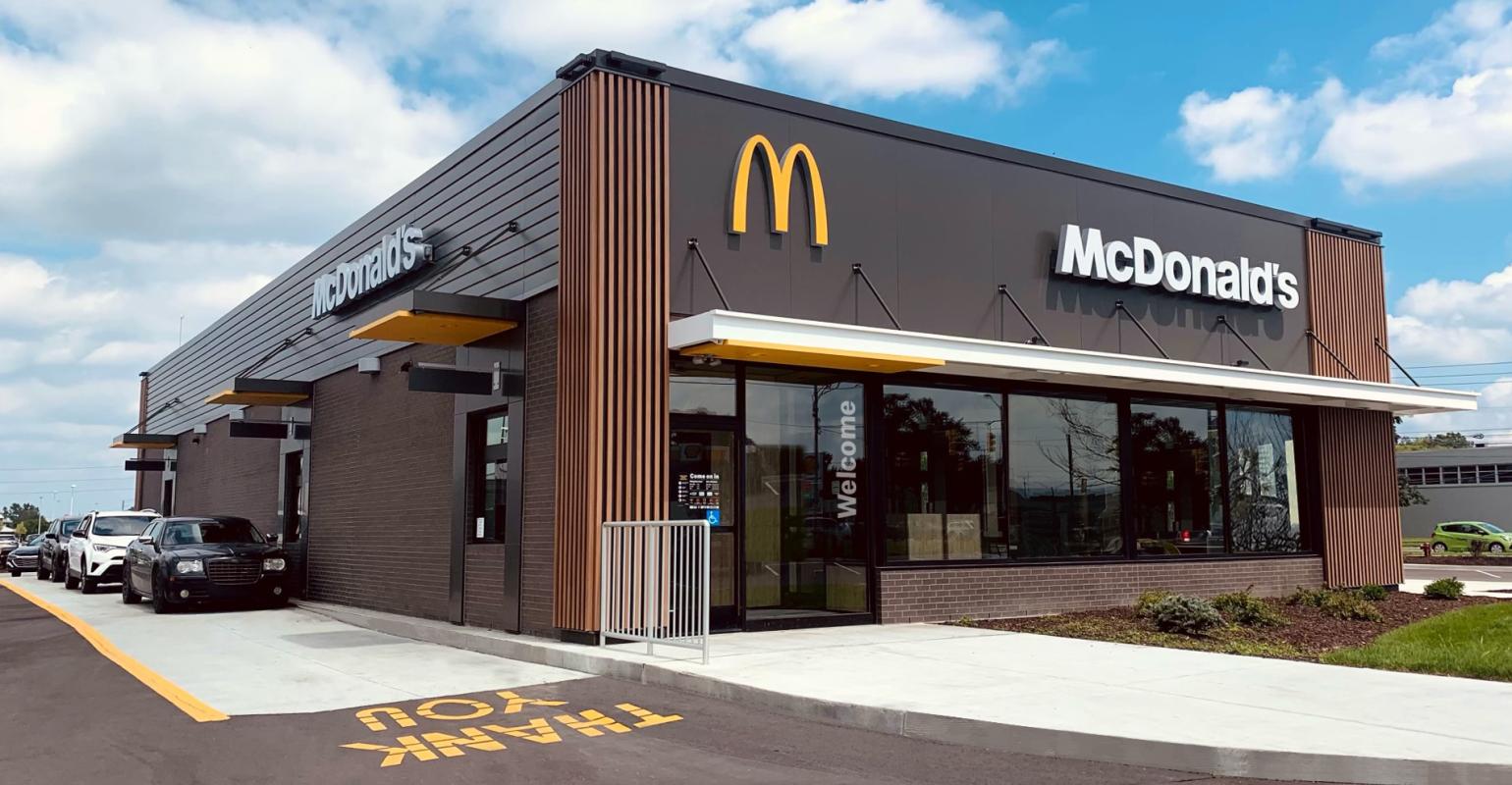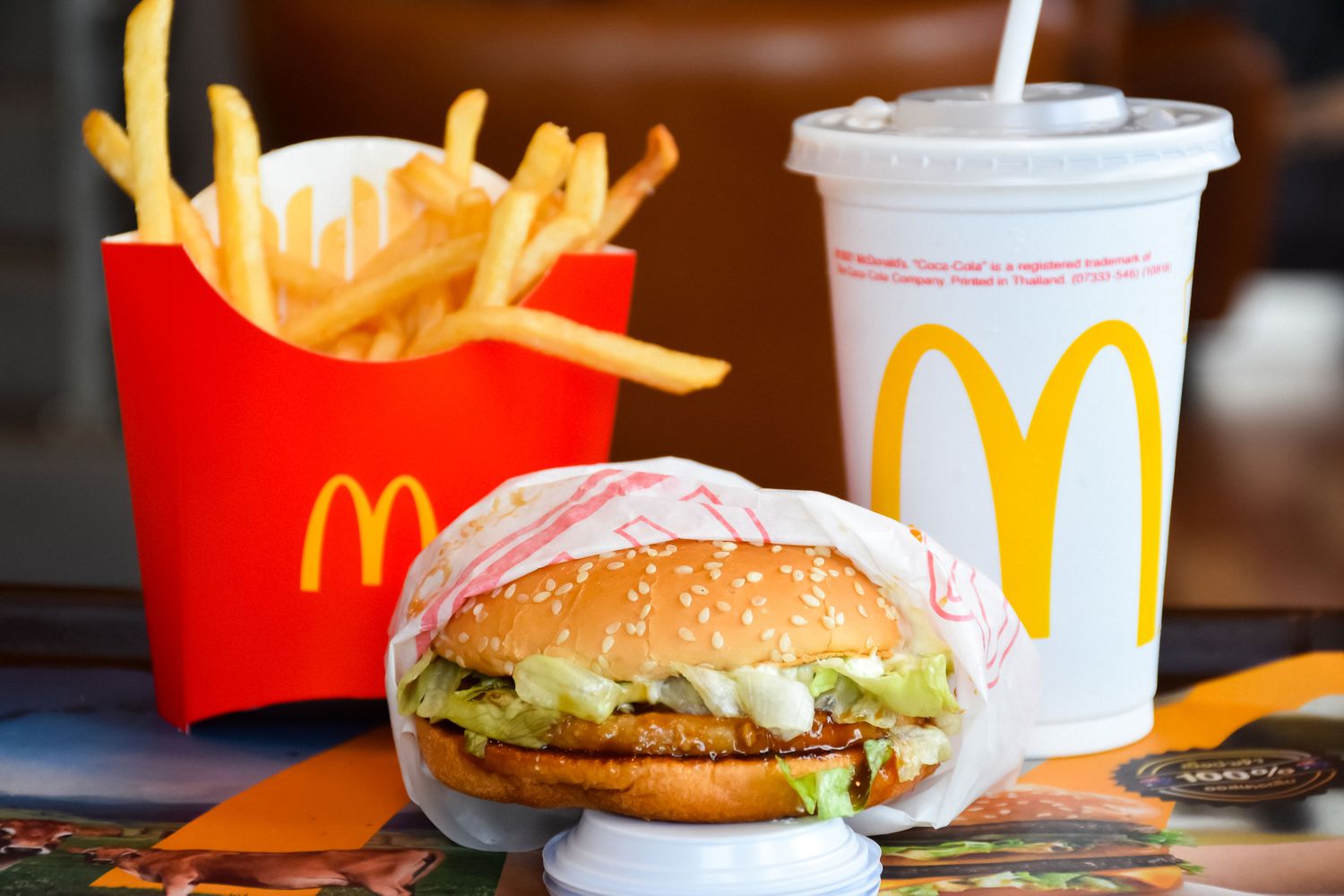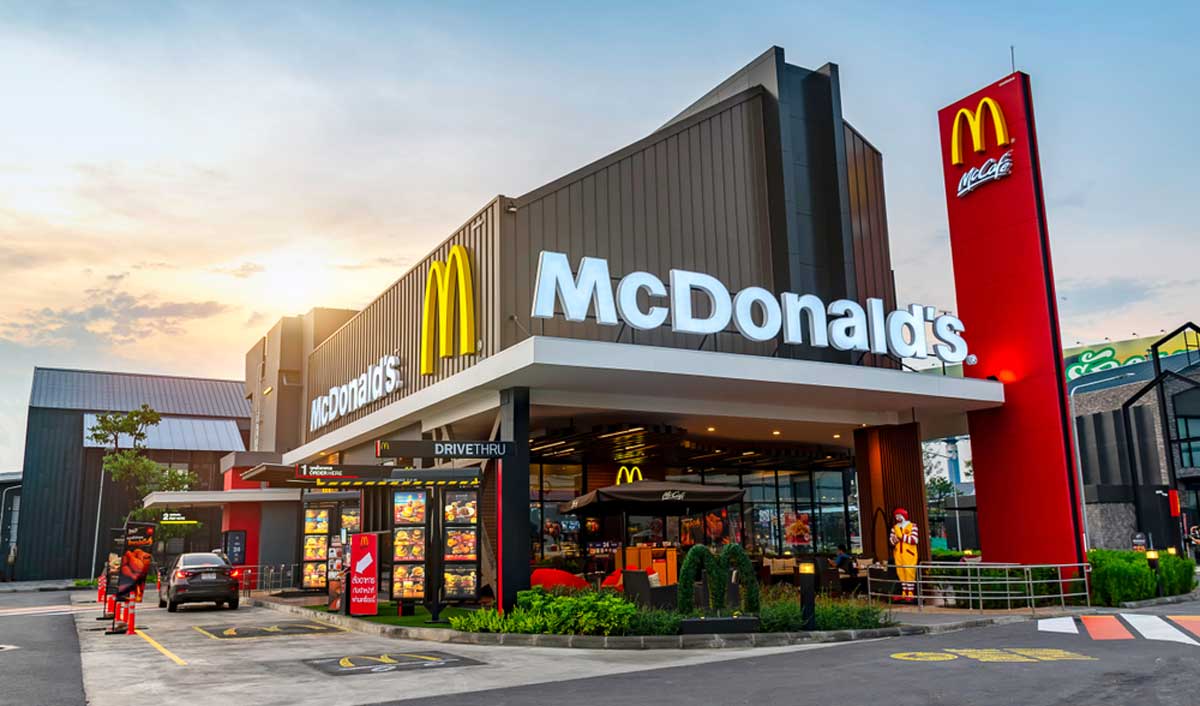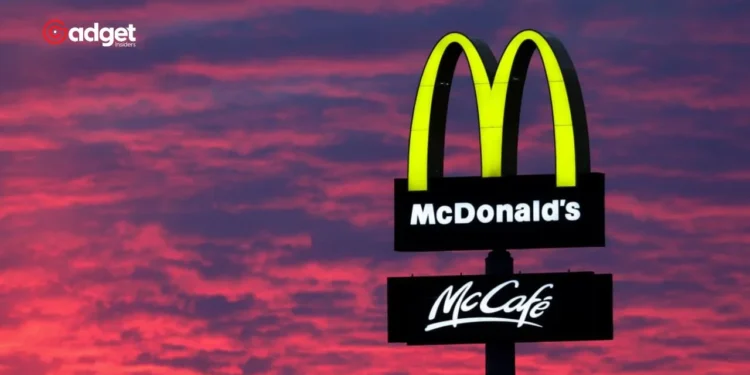In the bustling world of fast food, giants like McDonald’s find themselves at the center of controversy not just for their menu items but for their pricing strategies as well. Recently, McDonald’s has been in the hot seat due to reports and social media buzz suggesting that the company has raised its prices disproportionately amidst ongoing economic challenges like inflation. Joe Erlinger, President of McDonald’s U.S., took to an open letter to address these claims directly, stating they were “inaccurate” and attributing the price adjustments to a myriad of unavoidable global pressures.

Erlinger emphasized that the company’s decision to raise prices by an average of 40% was a necessary response to the inflationary environment, compounded by the impacts of a global pandemic and increased wages. “Americans across the country are making tough calls about where to spend their hard-earned money,” Erlinger noted, advocating transparency and aiming to present “the real facts” to a customer base that encompasses nearly 90% of the U.S. population annually.
Industry Analysts Weigh In on McDonald’s PR Strategy
While McDonald’s attempts to clarify its pricing policy, the response has not been without criticism. Jerry Sheldon, Vice President of Technology at IHL Group, remarked on the unusual nature of such a direct public relations approach by a retail giant. “It’s rare to see a retailer push back on consumer dissatisfaction in such a straightforward manner,” Sheldon said.
🇺🇸🍔 JUST IN: McDonald's Fights Back Against Price Hike Rumors!
McDonald’s disputes exaggerated reports on price increases. While acknowledging some jumps, it emphasizes maintaining affordability. Stay tuned for upcoming $5 meal deals!
[Source: ABC News] pic.twitter.com/JQjc1ff1Mo
— RSxAI News (@RSxAI_News) May 31, 2024
He further commented that this strategy might backfire, labeling Erlinger’s remarks as potentially “tone deaf.” According to Sheldon, the overt defense against price hike criticisms, especially blaming franchisees who are responsible for setting their own prices at approximately 95% of U.S. locations, could exacerbate consumer relations issues rather than mend them. Sheldon suggested a more reserved approach might be beneficial, stating, “For Joe Erlinger to push back on consumers comes across as a bit tone deaf. The company’s executives would be better served keeping their mouths shut instead of criticizing the consumer for voicing their opinion.”

Navigating Consumer Expectations and Economic Realities
The fast food industry, including other major players like Starbucks, continues to grapple with similar challenges. Elevated inflation rates and a general slowdown in consumer demand signify broader economic trends that impact how companies operate and communicate. The balance between maintaining a profitable business model while ensuring customer satisfaction is delicate, especially in an era where social media can amplify consumer voices and grievances instantly.
As corporations like McDonald’s navigate these troubled waters, their strategies in public relations, pricing, and customer engagement are scrutinized under the public and media microscope. The effectiveness of their communications can either bridge the gap with their consumers or widen it, depending on the perceptions and reactions of the very people they serve.

In an economy still reeling from pandemic effects and inflationary pressures, the road ahead for food giants remains fraught with challenges. How well they manage consumer expectations and align them with corporate realities will likely play a crucial role in sustaining their market positions. Meanwhile, consumers continue to vote with their wallets, making every dining choice a reflection of their economic priorities and perceptions.










